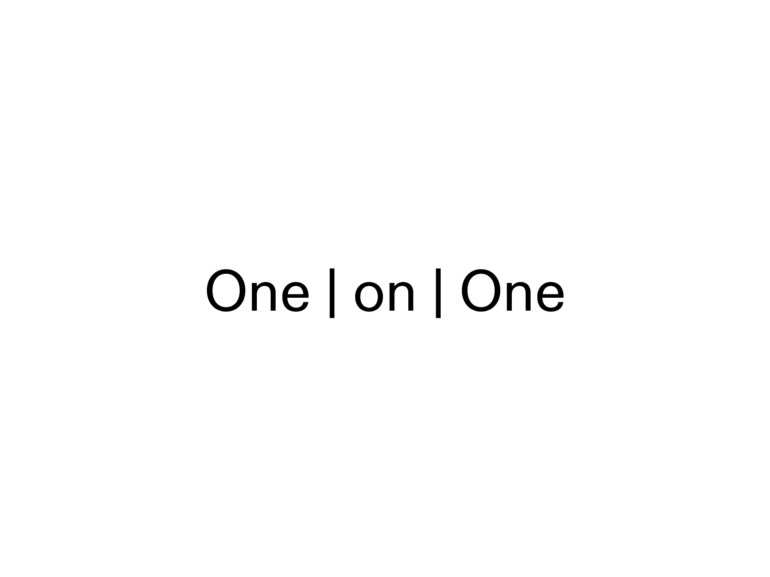Liam Gillick
Liam Gillick deploys multiple forms to expose the new ideological control systems that emerged at the beginning of the 1990s. Gillick’s work exposes the dysfunctional aspects of a modernist legacy in terms of abstraction and architecture when framed within a globalised, neo-liberal consensus. Gillick uses a wide-ranging vocabulary to knowingly question the role art may play in society and how aesthetics is a political issue in the neo-liberal economy. A selection of Liam Gillick’s writing appeared in 2007 as Proxemics: Selected Writings (1988–2006) and his artistic writing as Allbooks in 2009. In 2016, Columbia University published his book Industry and Intelligence: Contemporary Art Since 1820, an analysis of the origins of contemporary art.
Recent solo exhibitions include Liam Gillick: Kinetic Energy of Rigid Bodies, Kunst-Station Sankt Peter, Cologne (2021); The Work Life Effect, Gwangju Museum of Art, Gwangju (2021); Stinking Dawn (with Gelatin), Kunsthalle Wien, Vienna (2019). Recent group exhibitions include the Inaugural exhibition The Tower, LUMA, Arles (2021); Arcimboldo Face to Face, Centre Pompidou-Metz, Metz (2021); Catastrophe and Recovery, National Museum of Modern and Contemporary Art, Seoul (2021). In 2009, Gillick represented Germany at the 53rd Venice Biennale, which was curated by Nicolaus Schafhausen.

